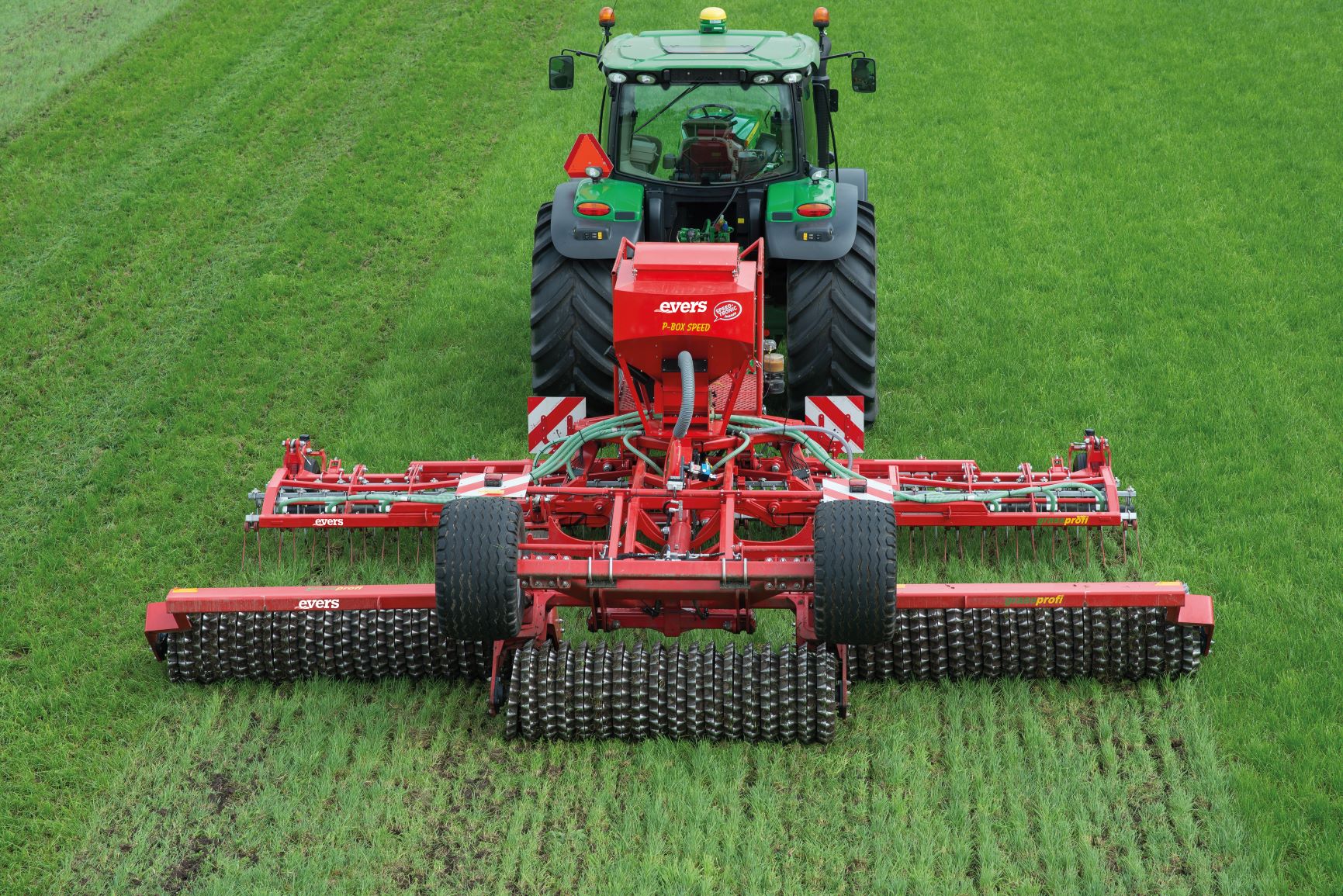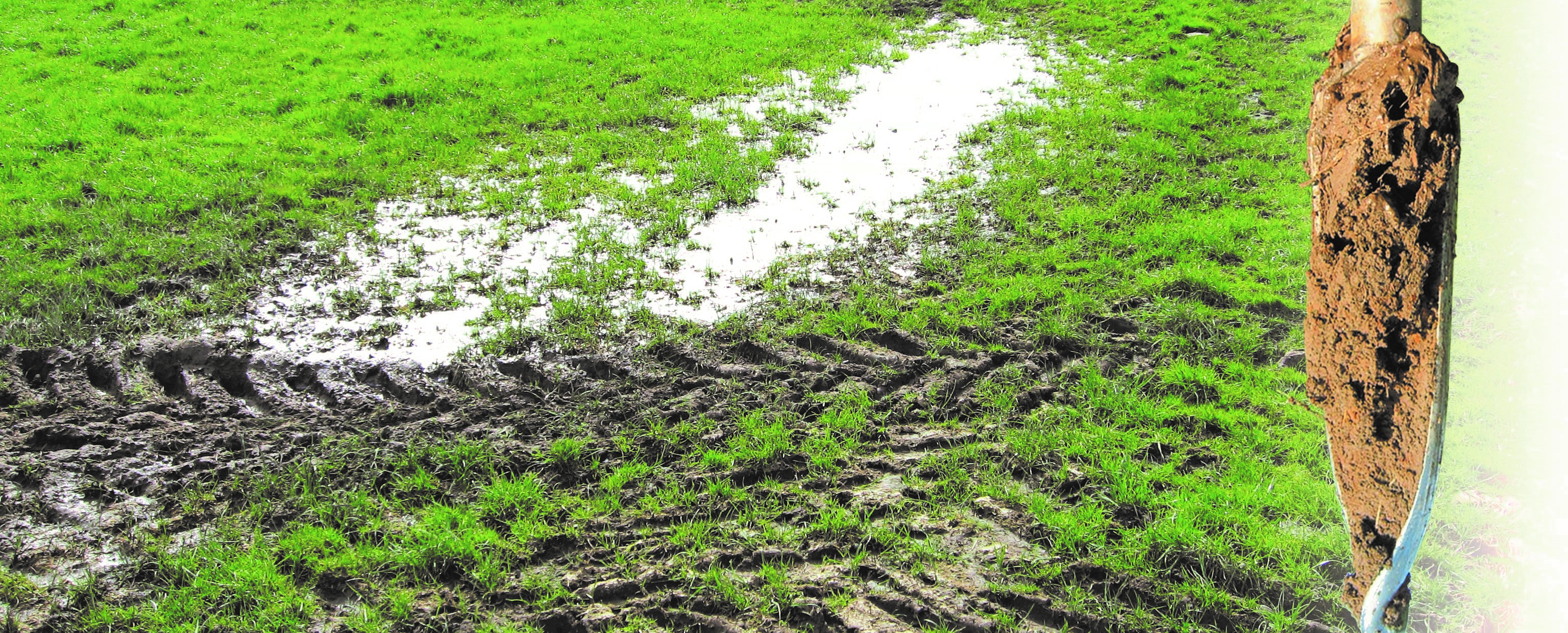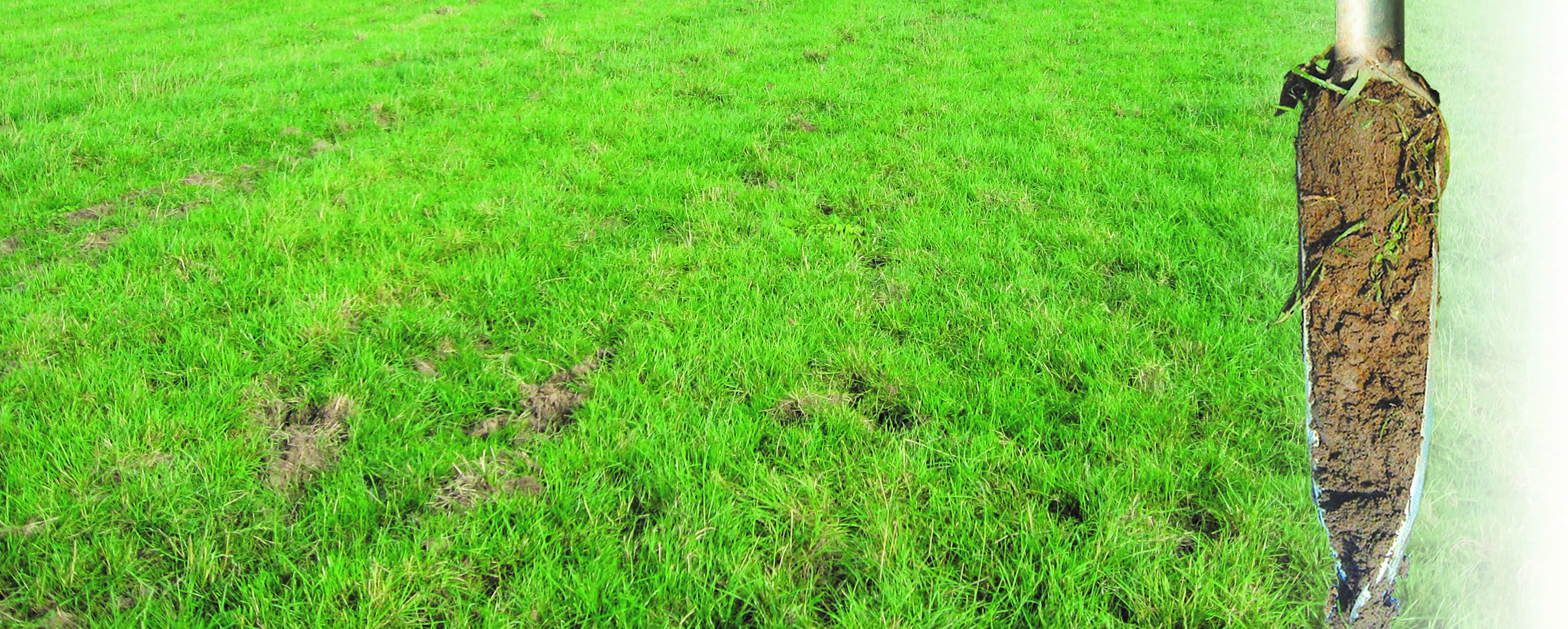
After a memorable snowfall at the beginning of February, spring was quick to make its appearance. The temperature began to rise rapidly, as did the accumulated temperatures. The ground is warming up and spring is ready to take off. This means it's time to take care of the grassland in order to lay the foundation for good quality roughage. The following three tips will get your grassland in top condition:
Tip 1: Tip 1: Assess the grassland
Growing high quality roughage starts with the basics, namely good and suitable quality grassland. Good grassland has balanced grass varieties and an ideal soil structure that is in optimal condition. To achieve that, good assessment is important:
If the sward has inadequate grass varieties and/or there are empty patches in the sward, it is advisable to overseed the grassland. Prior to overseeding, mechanically control the weeds and bad grasses in order to create open spaces and also to create a seed bed so that the young grass can germinate well. When overseeding in spring, it is important to do so as early as possible to avoid competition from the existing grass. A soil temperature from 7 degrees is a good guideline to determine the right time to start overseeding.

Carrying out harrowing and sowing grassland in one pass.The difference between before and after cultivation is clearly visible.
Tip 2: Harrowing
Spring is also the time to activate the grassland and soil life by harrowing the grassland. The harrowing tines of the Evers weeding harrow mechanically remove shallow rooting bad grasses, weeds, dead grasses and the thatch layer. The plant residues dry out and decompose. In addition, the weeding harrow and the levelling bar, if used, flatten out molehills, which contributes to reducing the crude ash content in the roughage. Harrowing gives the good grasses more room to grow and tiller.
Tip 3: Noting winter signals
After the wet winter of 2020/2021, it can clearly be seen where possible soil compaction is present. Puddles are a clear sign of soil compaction. Soil compaction hinders water infiltration, causing puddles to form. Water on the land means a lack of oxygen (asphyxiation) in the root zone and a reduction in soil life. The lower quality and palatability of the roughage directly results in lower roughage intake and therefore less dry matter. Make a note of these spots in order to effectively improve them in the autumn with the Evers grassland subsoiler or grassland aerator. The grassland subsoiler eliminates deeper soil compaction, while the grassland aerator eliminates more superficial soil compaction and introduces more oxygen into the top layer.

Sward with poor water infiltration

Sward with good water infiltration
Evers offers a very extensive range of grassland care machines to provide your grassland with professional grassland care. Good preparation produces speedy results!
